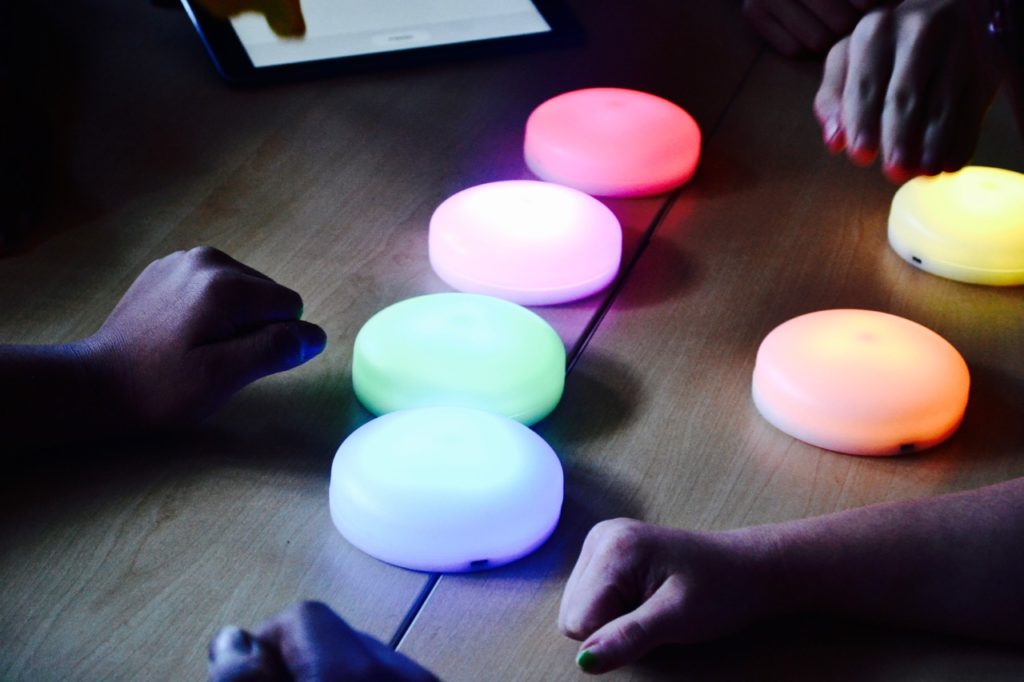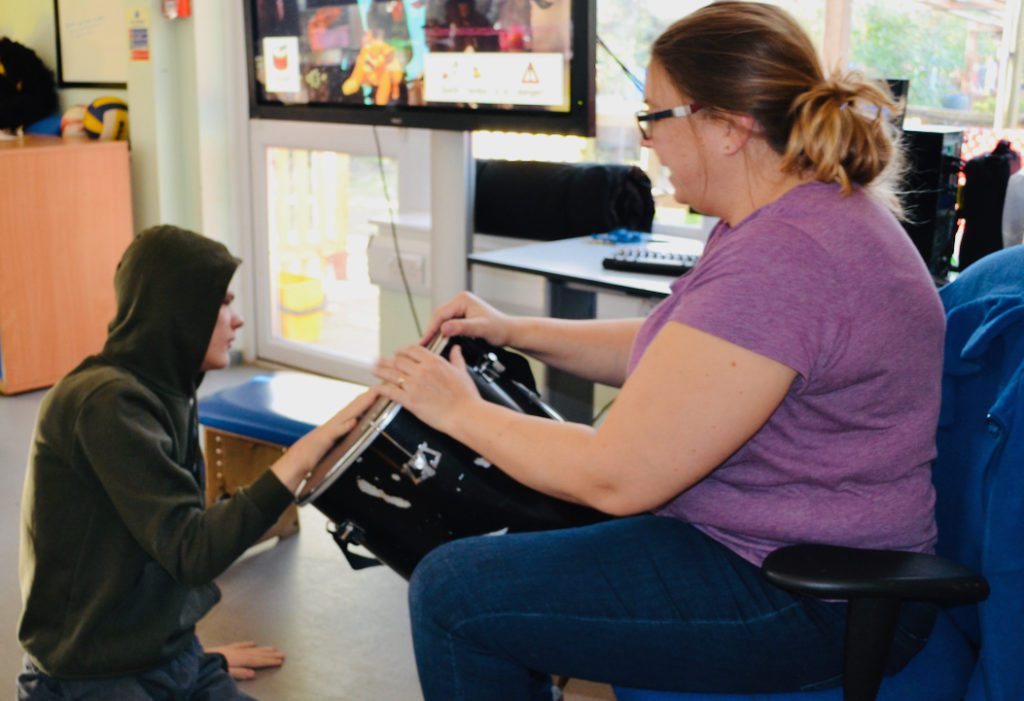Using Technology to Engage Learners with Profound and Multiple Learning Difficulties (PMLD)
Children and young people with Profound and Multiple Learning Difficulties (PMLD) have severe and complex learning difficulties. They can also have other significant difficulties, such as physical disabilities and auditory/visual impairments. Often they are used to having little control over their environment and this is where technology can provide and promote independence.

The key to learning is engagement
As all teachers know, the key to learning is engagement. These children and young people may be engaged by a limited range of stimuli and may need a more personalised curriculum than other students.
Children and young people with PMLD may not be able to communicate their likes and dislikes, so we often have to interpret their vocalisations, body language, facial expressions or behaviour to understand their preferences. Family members and those who know those students best will often know what they like instinctively.
They may respond positively to tactile stimuli. Possibly sounds? Maybe a particular performer or kind of music? A particular person and their voice? High pitched sounds? Loud or quiet? Maybe lights, a particular colour or patterns? Or a taste? Once we have identified a student’s interests and preferences, we can develop engaging and enriching activities for them to participate in.
Increasing independence with assistive technology
Initially we may simply be seeking for a child or young person to show an awareness or respond positively to an activity. As they becomes more proactive in their intentions we need to present them with a means of activating an activity. Traditionally this would be a switch.
Many of our children and young people have restricted movement, so the positioning of the switch is very important. We want to establish a position in which they can press a switch to activate an activity with minimal physical strain. Sometimes this can be simply mounting the switch with Velcro on a tray or table. With others, we might use mounting arms attached to a wheelchair. They may prefer to activate a switch with their head.
Eye tracking, used in the right way with the right child or young person, presents a more technological approach which can be incredibly empowering for some. Whatever the means of activation we are seeking to find an optimal position for the equipment, so that triggering the desired result becomes second nature for the child or young person.
Initially, they may need to be supported in the activation. With a switch, they may initially need physical prompting or hand-under-hand support. Once we have found the optimal position for the equipment, we want our children and young people to become as independent as possible. They may have medical conditions, and different positions, so the position of the switch may change. However, we should try to keep the position as consistent as possible.
Helping PMLD students to control their environment
Once activating a device becomes second nature for a child or young person, we can start to use the technology to activate different choices in different environments. We might want to use our switch in a sensory room to activate a bubble tube, use the switch to turn the lights on in the classroom, activate a blender in a cooking lesson or simply to make a silly sound which will make other laugh.
A Google search will bring up a range of retailers selling switch operated toys. We can use adaptors to allow control over simple on/off mains or battery operated devices or toys. We have infa-red adaptors that allow control over remote controlled devices (TVs, air conditioners, CD players, interactive whiteboard screens). At the level of “cause and effect” we can use increasingly accessible and affordable technology alongside a healthy dose of imagination and creativity to give our PMLD children and young people more control over their environment.
Positive outcomes
Ultimately we want our children and young people to be making choices, using one switch, two switches or even by using Eye Gaze technology. And, of course, we want them to communicate. Once we have reached this stage, of course, our students are no longer PMLD. So, perhaps that is a subject for another day.
Specialist Resources
Pupils and students with severe learning difficulties are those of school age (Year 1 or above) who are working below the level of the National Curriculum. They will have lifelong developmental delay and may have additional impairments as well.
Those with profound and multiple learning difficulties have severe and complex learning needs in addition to other disabilities.
Resources
Strategies for teaching children and young people with PMLD
CENMAC 5-Step Switch Development
Assessing switch use PMLD pupils
Useful websites
Free downloadable one switch games: http://www.oneswitch.org.uk/gaming.php
A wealth of free online browser-based and downloadable switch-based resources from the author of The Switch Progression Roadmap: https://www.ianbean.co.uk/members-area/
Youtube videos switch accessible, either simple cause and effect or via scanning – for free: http://www.specialbites.com/
Lots of very high quality posters and guides to help practitioners with accessibility technology, including switches, single and multi-message devices and Eye Gaze: Call Scotland
A wealth of engaging games for switch and touchscreen: https://www.helpkidzlearn.com/
Assess and teach early Eye Gaze skills: Insight
Create, edit and play personalised switch and touchscreen accessible learning materials that can be used in your classroom and with individual students securely online and then download them to your iPad or Android tablet: Choose IT Maker 3
Inclusive Technology software making it super-easy to create simple personalised switch accessible slideshows with custom images and sound: Slideshow Maker




